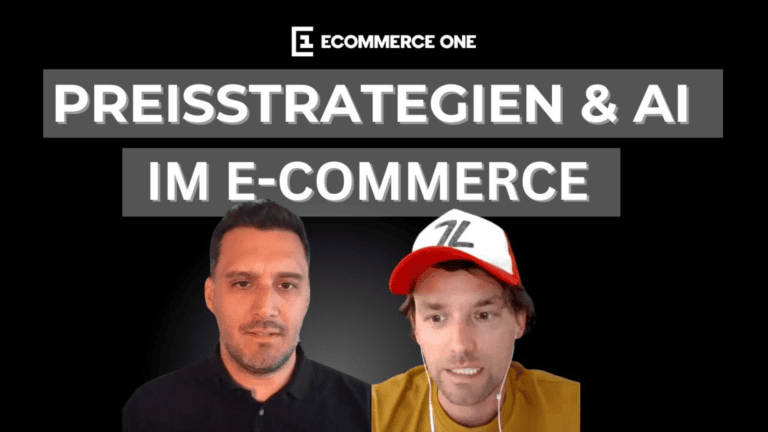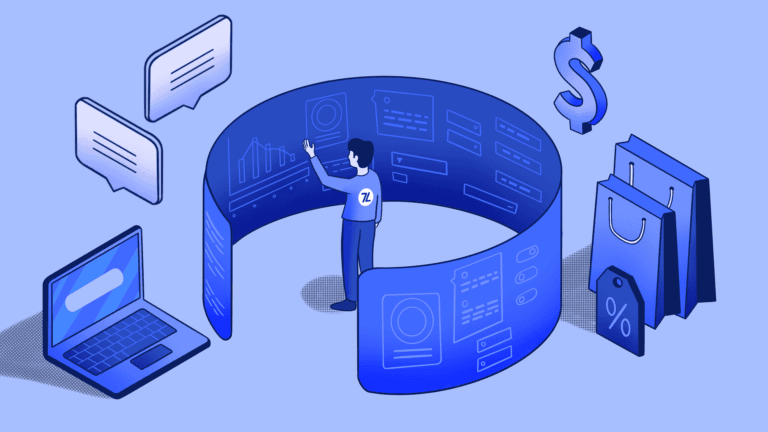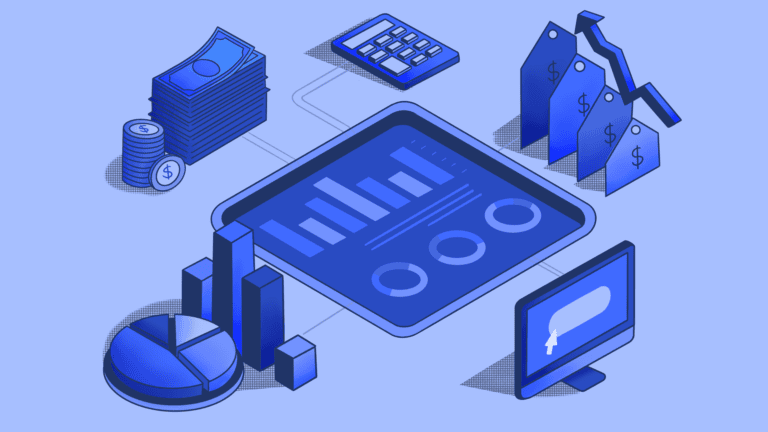The UK has one of the most mature and developed markets for e-commerce in Europe, growing steadily over the past few years with a predicted increase of 19.0% in 2023. Supported by a large, technologically savvy population, the potential revenues in this market are huge, and e-commerce leaders have invested heavily in innovative pricing technologies that give them a competitive advantage.
These cutting-edge pricing technologies are not just limited to the major industry players, however. Increasingly, smaller and mid-size e-commerce companies are implementing the latest pricing strategies and achieving impressive results.
Price optimisation, when done correctly, takes multiple factors into account, both on the strategic and technological side. With the right approach to pricing, an e-commerce retailer in the UK market can leverage sophisticated algorithms to analyse vast amounts of data, make accurate predictions, and adjust prices in real-time.
Considerations for e-commerce pricing in the UK
When it comes to pricing considerations for e-commerce companies based in the UK, there are several important factors to take into account. Some of the key considerations include:
Currency: for e-commerce companies based in the UK, the obvious choice will be to price products using the British pound (GBP). However, for companies that are selling internationally, to Europe or further afield, pricing in other currencies should also be considered.
Shipping costs: as with currency, shipping costs must also be considered for e-commerce companies which aim to sell to customers throughout Europe (or globally). Following Brexit, the transport of goods between Britain and Europe has become less fluid, and corresponding costs have risen. E-commerce companies need to account for this in their pricing strategy.
Return and refund policy: shipping costs should also take into account the potential costs of returns and refunds. The return policy should be clearly defined, including who bears the return shipping costs. If the retailer is handling shipping costs for returns, these costs should be incorporated into the pricing structure.
Cost of Goods Sold (COGS): e-commerce companies should take into account the direct and indirect costs associated with their products. Examples include raw materials, manufacturing costs, shipping, etc.
Value Added Tax (VAT): the applicable VAT rules must be applied to each of the products sold. Different products and services may have varying VAT rates or exemptions, and different rules can apply in different jurisdictions. It is important to calculate and include VAT in prices where applicable, and account for new updates as a result of government policy.
Consumer Law: the UK does not have a specific directive equivalent to the Omnibus Directive in the European Union (EU), which aimed to make pricing more transparent for customers. It should be noted that, in general, there is less red tape involved with doing business in the UK.
Price testing and optimisation: for the best results, e-commerce companies should continuously monitor and analyse the performance of their pricing strategies, making adjustments where necessary.
Optimise e-commerce prices with dynamic pricing
Pricing is a complex and dynamic aspect of running an e-commerce business and must be regularly reviewed to ensure that potential revenues are not being missed. This is particularly important, as 81% of consumers conduct online research to compare prices (amongst other variables) before making a purchase online. The most savvy e-commerce companies utilise dynamic pricing strategies to adjust the prices of their products or services in real-time based on various factors.
Read on: Dynamic pricing for e-commerce
When pursuing a dynamic pricing strategy, there are three main methods to choose from:
Rule-based pricing
Traditionally, dynamic pricing strategies have been developed around predefined rules which have been set by the user; this is dynamic pricing in its simplest form. In this case, fixed formulas are used to calculate how prices should be set, for example, setting a rule where prices must always match those of a certain competito.
Machine learning-based pricing
This method involves the use of deep learning and automation to make more strategic decisions around price setting and management. These machine learning models are able to measure price elasticity, or even model the entire demand curve for individual products.
Compared to rule-based pricing (and other traditional pricing methods), machine learning-based pricing can take into account a much broader range of data and influential factors to deliver more accurate predictions.
Predictive pricing
Predictive pricing is the next step up from machine learning-based pricing. This method involves the use of algorithms to build highly accurate forecasts of the impact of price changes on business goals, building on the capabilities of machine learning-based pricing. The user is able to test different scenarios to determine which prices will achieve the best results. Additionally, marketing activities can also be taken into account in order to cross-optimise marketing and pricing.
For e-commerce retailers which must account for factors such as seasonality or rotating product assortments, these capabilities are particularly impactful. Most importantly, it enables businesses to make real-time price predictions based on factors such as current market conditions, customer behaviour, and competitor prices.

7Learnings dynamic price optimisation for e-commerce
With 7Learnings, e-commerce companies in the UK can optimise their prices for maximum revenue in the most simple and effective way. Our predictive pricing software is used by leading e-commerce retailers throughout Europe, delivering exceptional results for e-commerce companies across a variety of industries such as fashion, electronics, and pharmaceuticals.
Our application predicts demand, sales, and price elasticity for any product by leveraging the most cutting-edge deep learning technology. The software is intuitive, easy to use, and integrates seamlessly into any backend system, supported by a team of data scientists specialised in retail pricing.
E-commerce retailers which fail to transition to a predictive pricing model will soon find themselves at a competitive disadvantage, as the market moves beyond the limitations of traditional rule-based pricing strategies. Our A/B testing shows that UK-based e-commerce retailers stand to achieve a 10% profit increase on average by implementing a predictive pricing strategy. Request a demo to learn more about how 7Learnings can boost your profitability.
Did you know?
Profit increases on average of 10% on average are possible for e-commerce retailers using with predictive pricing software. 7Learnings has demonstrated this capability with A/B tests with customers from e-commerce and other retail sectors.



